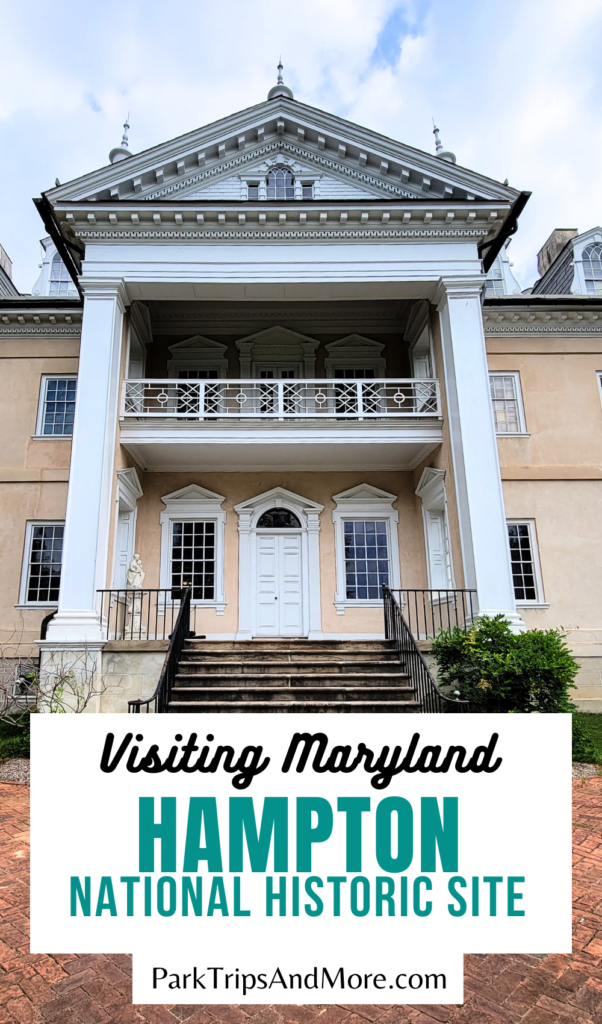Hampton National Historic Site is a small, but neat park located in the town of Towson, Maryland. This site is well worth a stop when in the area or when visiting nearby Baltimore.
Here, you can admire the Georgian architecture, learn about the people that once lived on and worked the land, and enjoy the gorgeous trees and gardens that adorn the site. Hampton NHS is also one of the 420+ sites managed by the National Park Service.
Disclosure: This article contains affiliate links. If you purchase through our affiliate links, we may earn a commission at no additional cost to you.
About Hampton National Historic Site
Hampton NHS features an historic mansion that was once one of the largest private homes in the US. It also was home to enslaved African Americans, indentured servants, and paid laborers. You can visit the enslaved quarters, barns, and gardens when you visit.
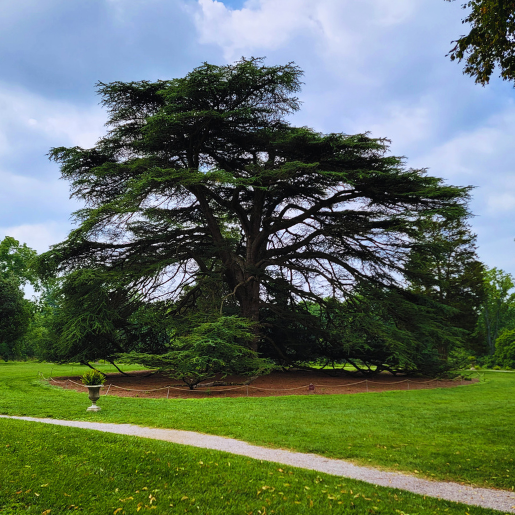


The main home was inhabited by the Ridgely family. The NPS tells the story of this family and the evolution of the estate over the generations through the acquisition of various tracts of land. I am grateful, however, that the story doesn’t end with the Ridgely family though.
The NPS focuses on the enslaved people that cleared the land and dug the foundation for the mansion that still stands today. Through nicely renovated buildings and quarters, the relationship that the various inhabitants of the land are told.
When you visit, know that you are one of only a few visitors that see the site each year. In 2022, there were only about 12,500 recreational visits to the site.
What You Will See from the Terrace
I was pleasantly surprised at how much I enjoyed walking the terrace and visiting the gardens. There are nicely sculpted Colonial gardens in front of the mansion. Even back in the late 1700’s and 1800’s these gardens were a tourist attraction.
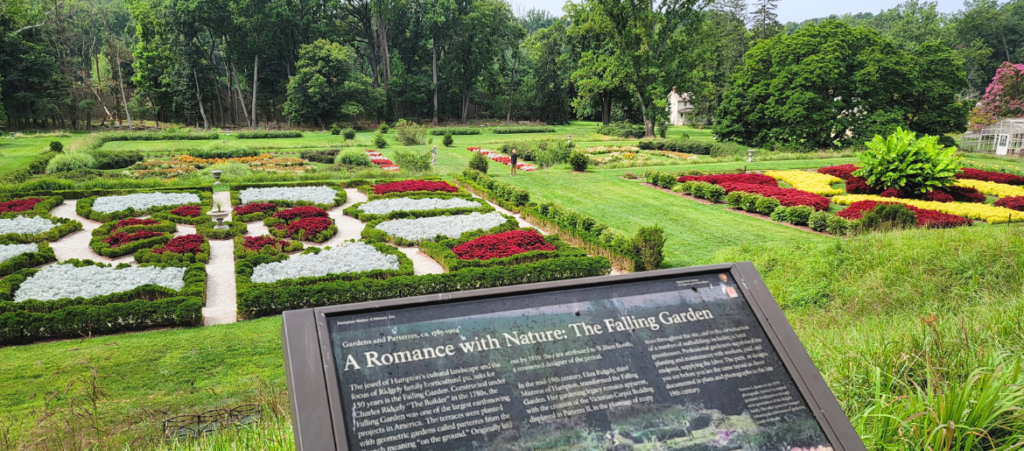


There are also a variety of historic trees that dot the terrace landscape. A friendly volunteer told us about some of the magnificent trees that we saw. We learned about Southern Catalpa trees that were planted back in the 1700’s, and the massive Cedar of Lebanon Tree in front of the mansion that date back to the 1840’s.
Learn more about the historic trees at Hampton by visiting the Preservation Alliance of Baltimore County.
There is also an Orangery that stands adjacent to the mansion. This used to be where oranges were grown, but now serves as a restroom facility. I thought that the building was really neat with its floor to ceiling glass.
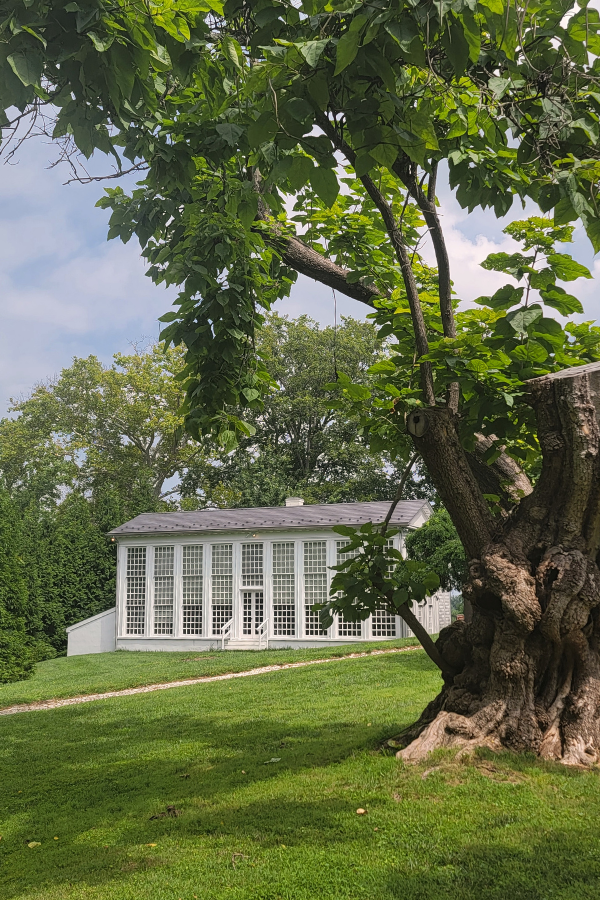


Hampton National Historic Site Tours
Tours of the Mansion are free, but you need to plan to arrive early to get a ticket for the tour. Tickets are available on a first-come, first-served basis, and are limited to 15 individuals per tour. When we visited, there were two tour times offered: at 10am and 3pm. You can also take a virtual tour of the mansion.
We didn’t arrive on time to make the tour of the mansion, so we admired it from the outside. This did not negatively affect our enjoyment of the site.
In addition to the tours of the mansion, the National Park Rangers offer programming around the Families, Farming and Freedom which tells the story of the people and buildings that supported the primary mansion. Also, there is a tour that discusses the Gardens, Grounds, and Architecture that is offered on the weekends.
Note: Check out the Ranger Guided programming that is offered Thursday through Sunday.
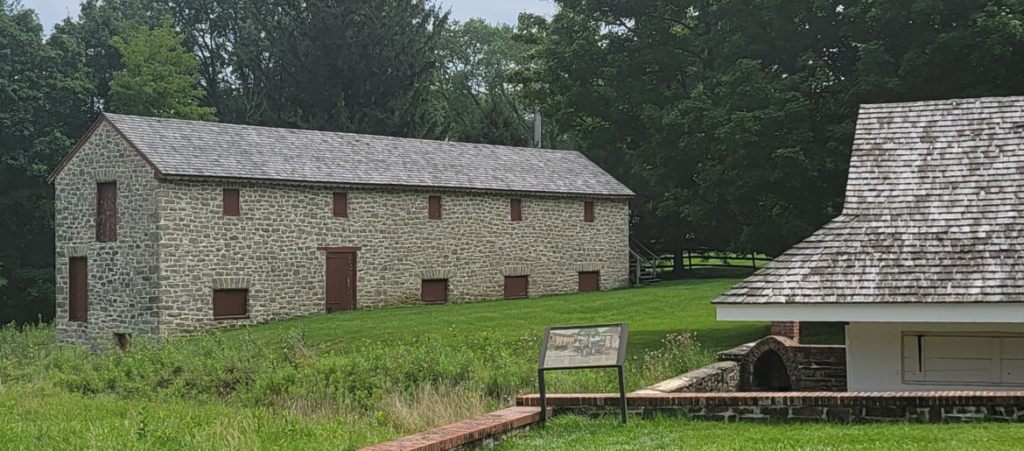


How Much Time Should I Spend at Hampton NHS?
We spent about 1.5 hours at the site. It would have been easy to have spent more time if we timed the tours a bit better.
Our visit started in the Visitor Center located at 535 Hampton Lane, Towson, Maryland 21286 . Here, we explored the displays about the people and the land, talked with a Park Ranger (these folks do double-duty at Fort McHenry as well, so we got some additional insights for another park site as well). One thing to keep in mind is that the Visitor Center is only open Thursday through Sunday. While the park grounds are open beyond this time, the Visitor Center (as well as tours of the site) have limited availability.
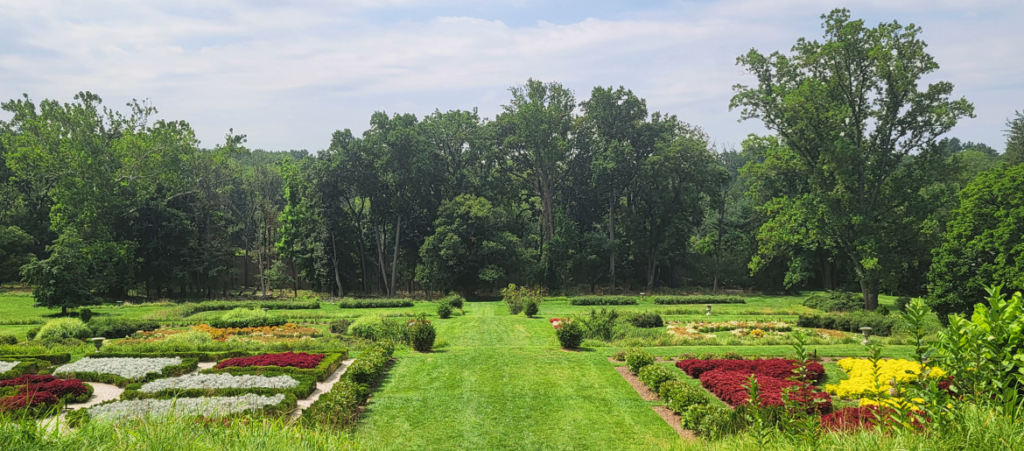


We then drove to the parking area that is adjacent to the mansion. This is where we spent most of our time simply strolling along the terrace and taking in the gardens. One thing that I noticed was that the walk-ways were difficult to navigate. In order to walk down to the gardens from the terrace, I had to walk off the main terrace trail, and go down a pretty steep grassy elevation.
We then drove to the barn and living quarters for the enslaved people. This was the site of an additional optional tour provided by the NPS. We didn’t have much time to spend here, but we got to see the original home that was occupied by the Ridgely’s, and took in some informational displays.
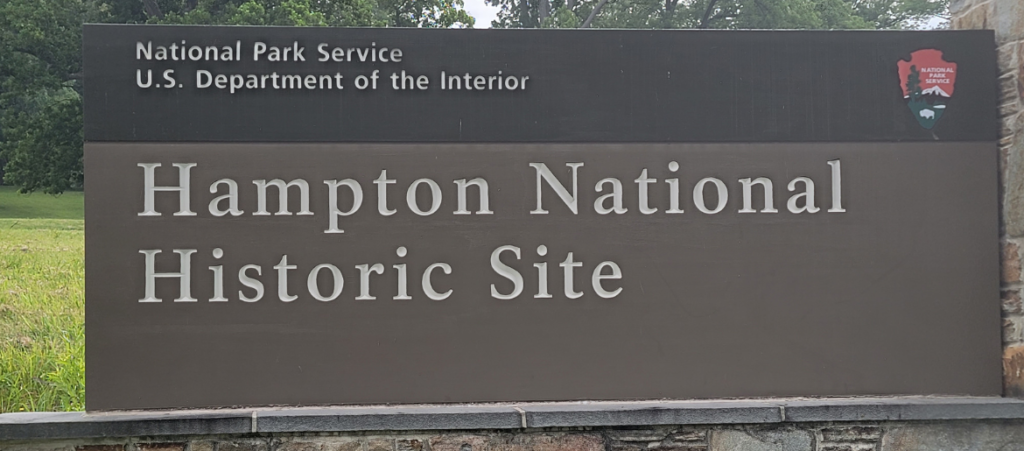


Will Kids Enjoy Visiting Hampton NHS?
Kids will often give you some indication about the quality of an experience as they don’t always sugar-coat an experience. We took our 11-year old niece with us on this trip, and she thoroughly enjoyed exploring the gardens, admiring the trees, and catching some shots of the butterflies visiting the flowers.
Interested in learning more? Check out this neat book that contains beautiful photos and facts about Hampton National Historic Site.
Happy Exploring!
